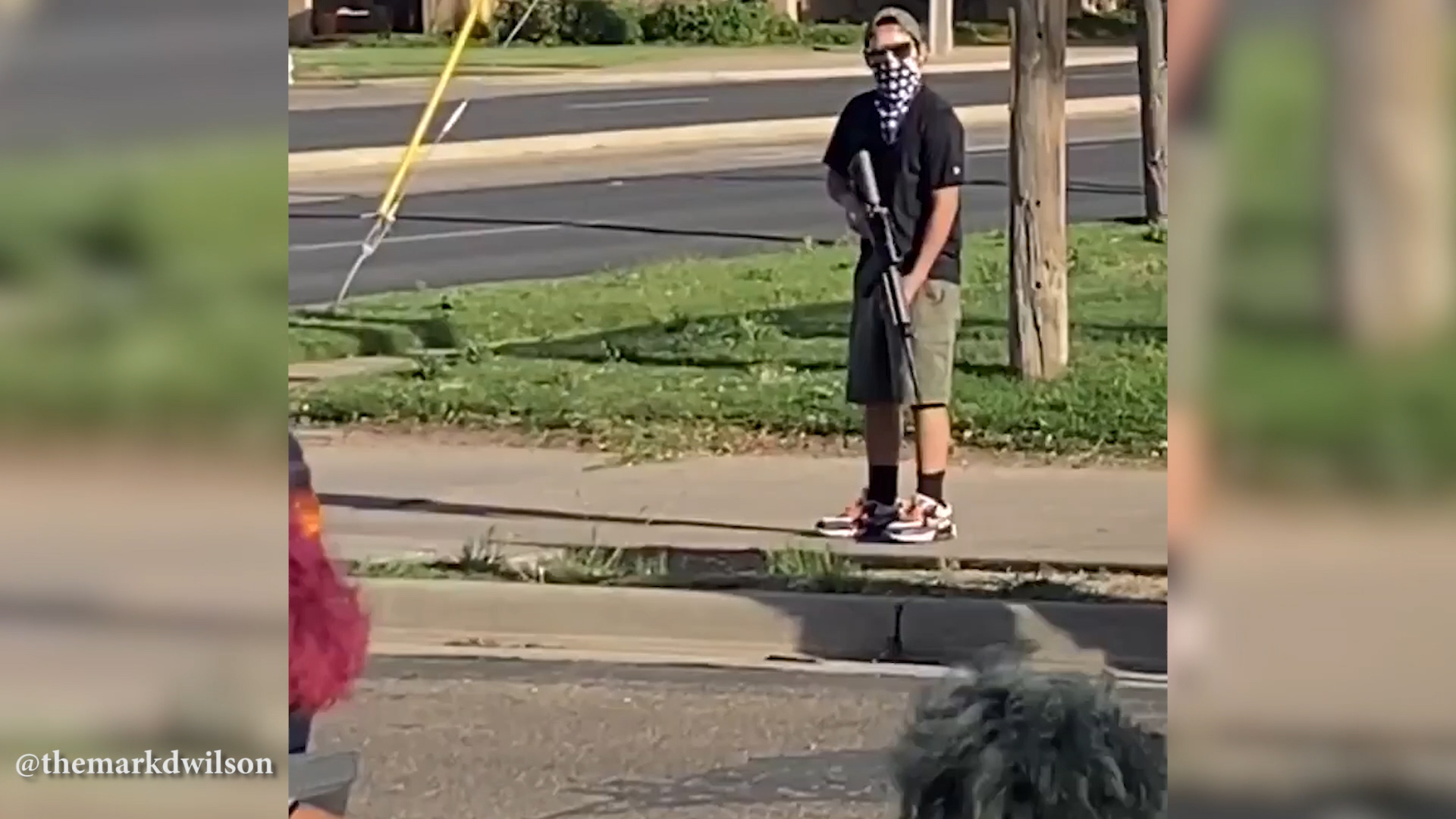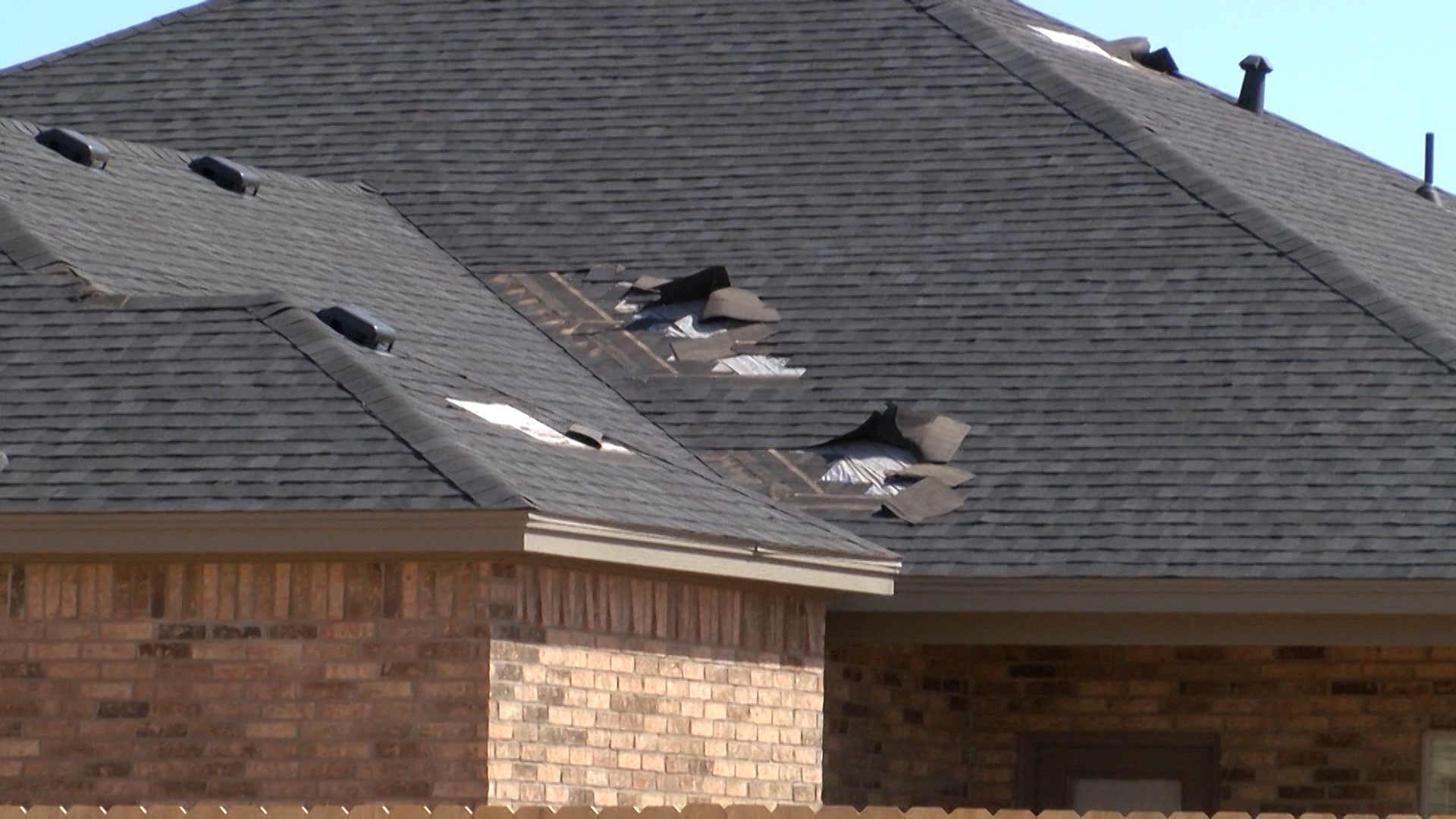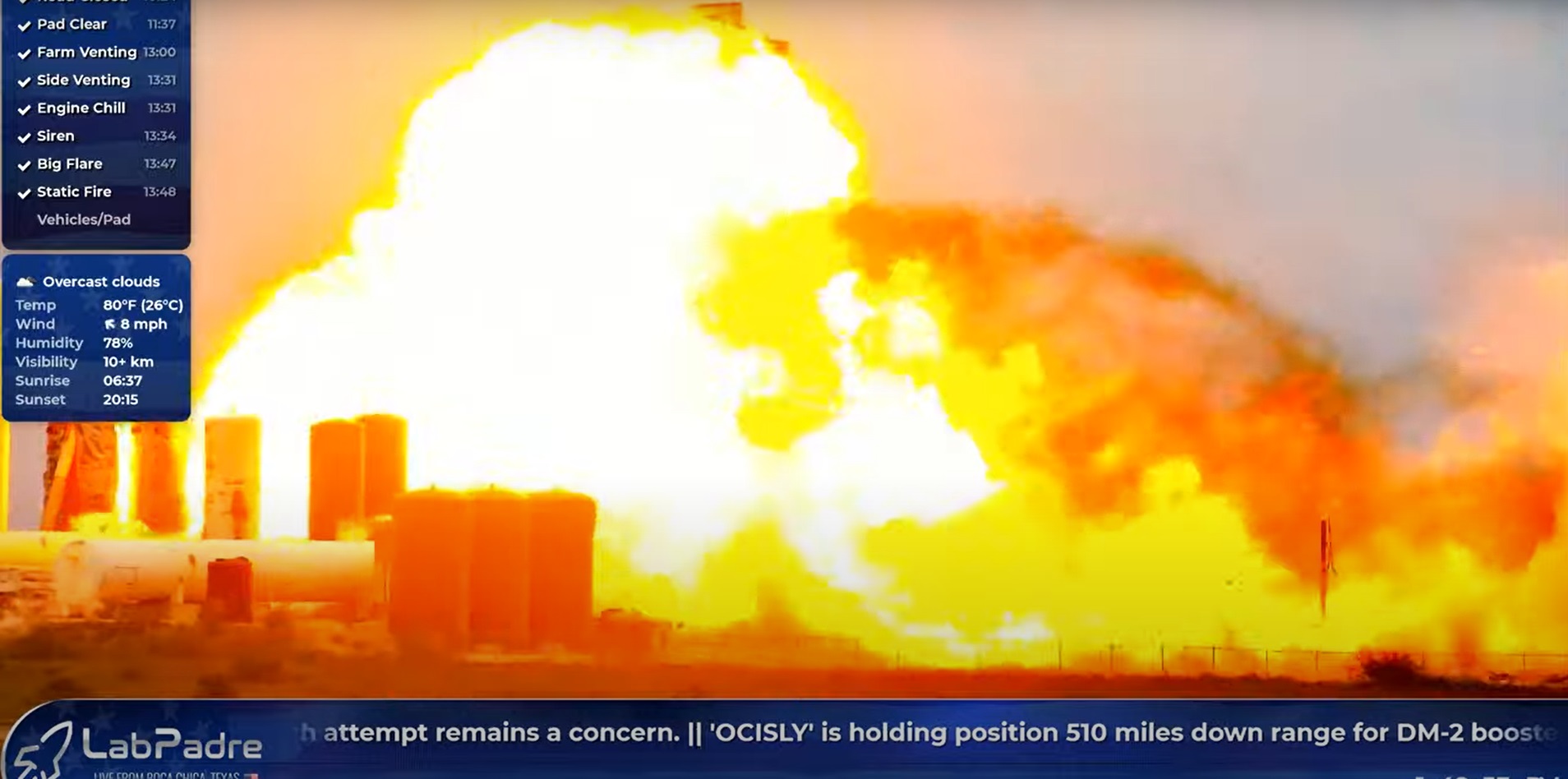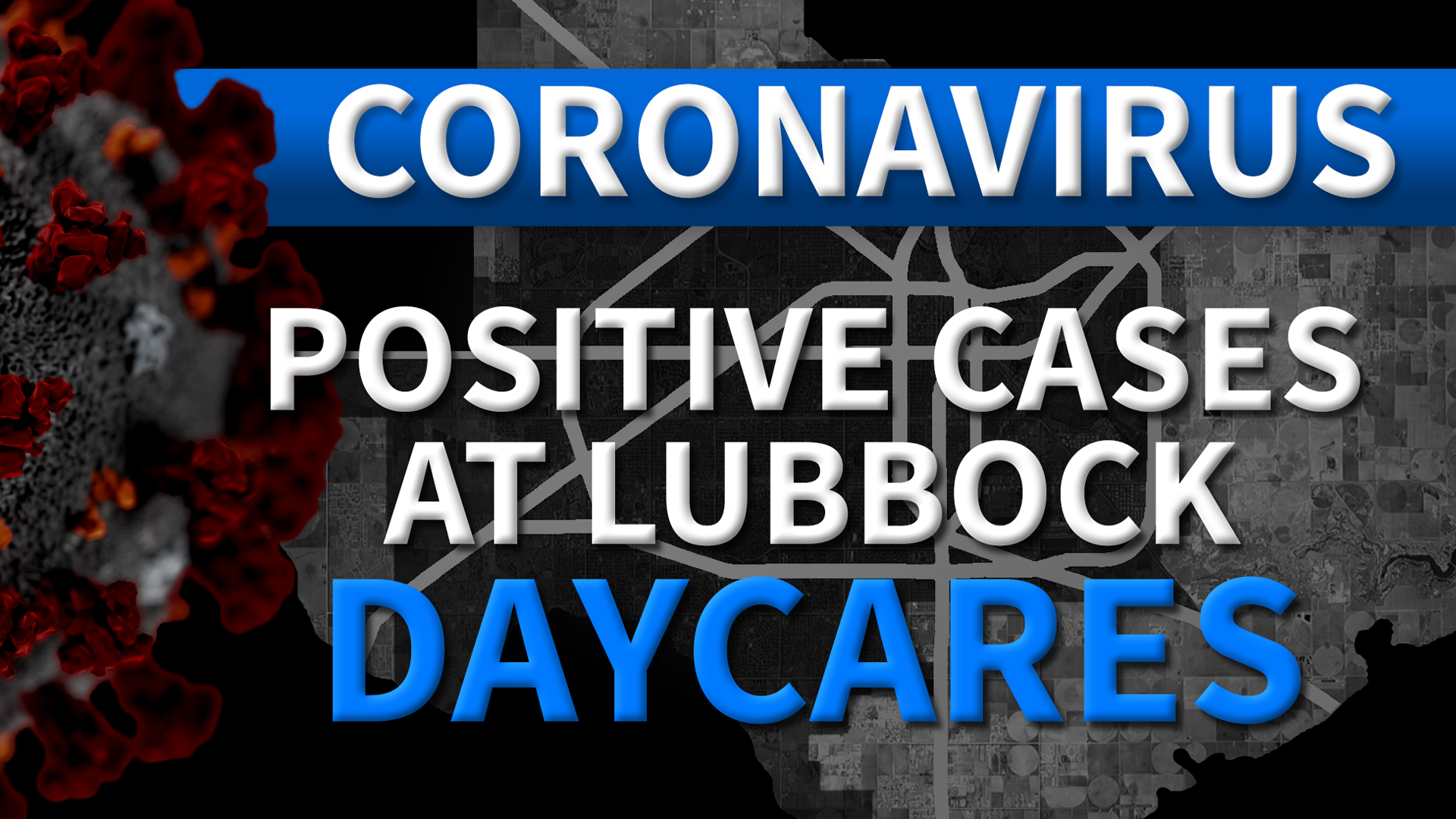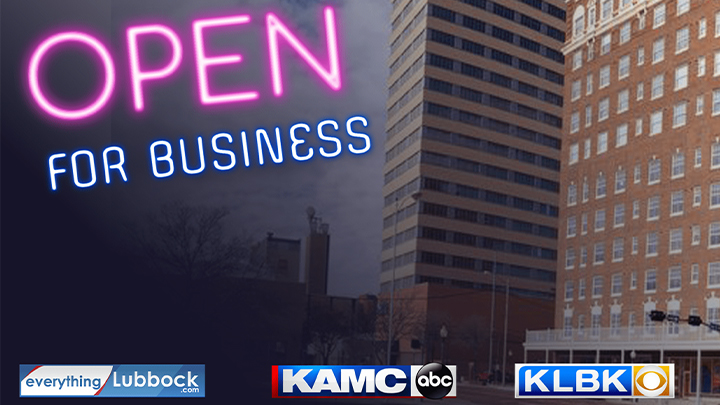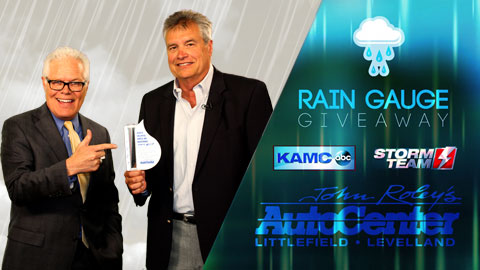LUBBOCK, TX – Weather contributes to most factors for harsh driving conditions. During the fall, the sun’s angle becomes extremely dramatic during sunrise and sunset, making it difficult for motorists to see during these busy travel times. Most roads are built on magnetic direction, which has many roadways traveling true east and west with the sun setting directly in your line of sight.
There are some simple tactics you can practice during rush hour to avoid having an accident. The most obvious is to use your sun visor and invest in a pair of polarized sunglasses reducing sun glare. There are some other factors that can cause visibility issues that you may have not considered. Having a clean windshield and removing anything from your dash such as papers can vastly improve visibility as the sun will reflect off of these items. Dianah Ascencio Public Information Officer of the Texas Department of Transportation recommends turning on your headlights to make sure that you are visible to other drivers and looking at the striping on the roadway can help serve as a guideline if you are having difficulty driving down the roadway. The best advice is to slow down and increase your following distance giving yourself time to react to traffic ahead of you.
During good weather conditions you should allow anywhere from 2 to 3 car lengths in front of you which is equivalent to 3 to 4 seconds. You should add at least another two seconds during variable weather conditions. “Just increase that following distance because especially in times when you have the sun pointing in your direction.” Ascencio said “You may not always be able to see what’s up ahead.”.
Motorists will have to endure these conditions for another three to four weeks as the earth tilts changing the sun’s angle. This begins with the autumnal equinox which is usually happens around September 20th through the 23rd. In Latin, the word equinox means equal light which means 12 hours of daylight and 12 hours of darkness. As the length of day gets shorter this means the earth has less time to absorb the sun which makes the whole hemisphere gradually colder. Jody James from the National Weather Service helped describe the equinox by comparing the sun to a flashlight. “It’s like shining a flashlight, instead of straight down you’re angling it so that light is spread over a larger area. You start to notice that the sun is not quite as high in the sky as it was in the summer.”.
All of this ushers in the winter which can create other difficult driving conditions. “You know I think the best advice and it’s different for everybody” Ascencio said “but everybody knows they’re driving capabilities and what is comfortable for them. If you need to slow down because you feel the roads are too wet or you really just can’t see, whatever feels safe to you is what you should practice.”.
If you are planning on traveling this holiday season you can check road conditions across the state at drivetexas.org to see any state roadways that are being impacted by weather.











